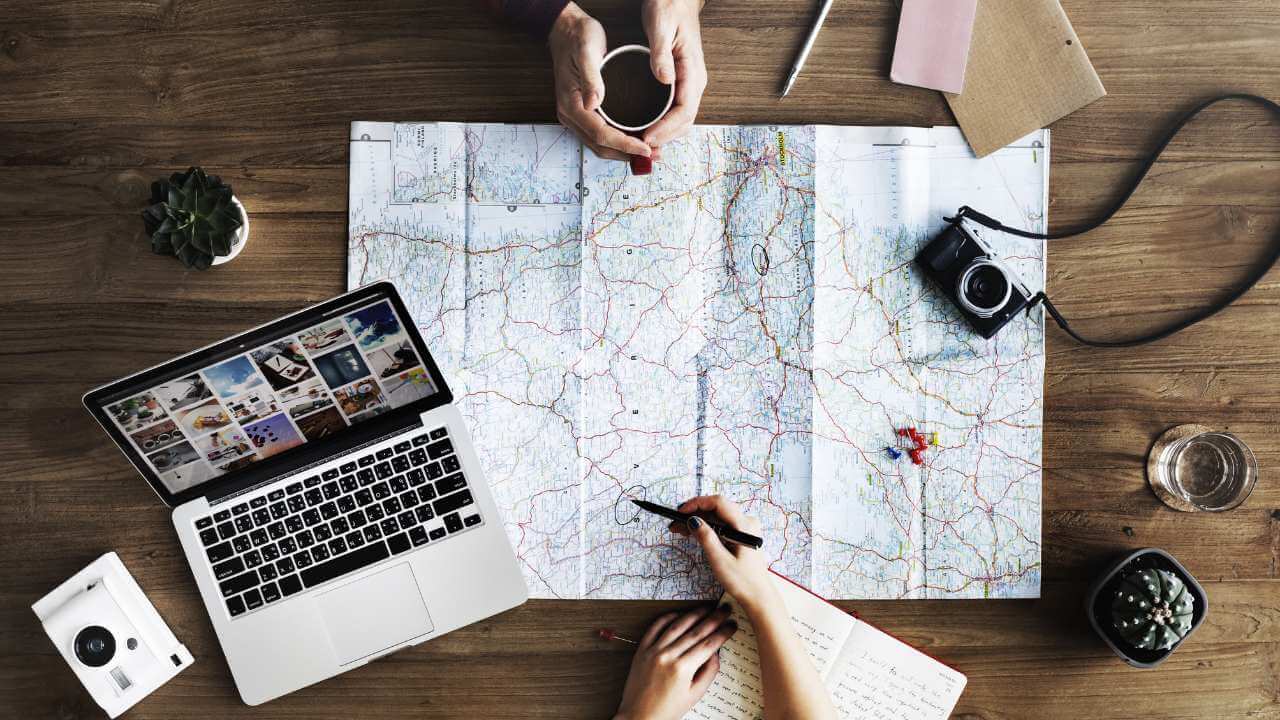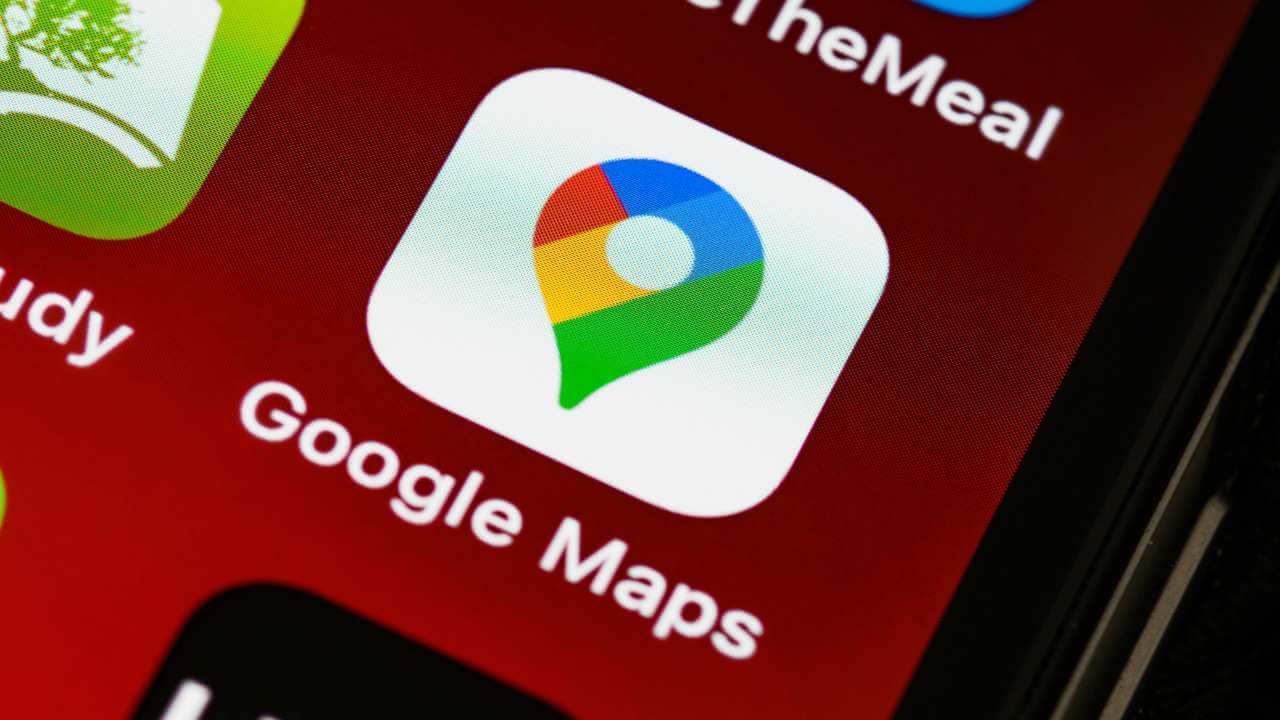
Navigating public transportation in a new country can be daunting, especially when language barriers, unfamiliar systems, and unexpected hiccups come into play. After traveling through over 27 countries and navigating public transport almost daily, I’ve gathered a few tried-and-true tips that can make exploring new cities and regions easier and smoother. While it’s true that even the best-laid plans sometimes go awry, these moments of confusion or missed stops often add to the adventure and make travel experiences more memorable. So, whether you miss a train, board the wrong bus, or spend longer than expected deciphering a subway map, embrace these moments—they’ll only make you a more confident traveler!
Recognize Which Countries Are Easier to Navigate
Some destinations are far easier to navigate than others, especially if you’re an English speaker. Many European countries, for example, have public transit systems that cater to tourists, with English signage and helpful staff in stations who often speak English. Europe’s intercity transportation is especially well-developed, with buses, trains, and planes offering affordable and efficient ways to travel across the continent. The famous Interrail pass, for example, is a popular option for travelers looking to cover multiple countries by train on a budget. Even bus stations and metro systems tend to be well-signed and easy to navigate.
In places like Southeast Asia and South America, you’ll find buses, ferries, and trains that cover most tourist hotspots, but English signs may be sparse, especially in rural areas. To avoid confusion, always confirm that you’re in the right place and headed to the correct destination before boarding.
Do Your Research Beforehand

One of the best ways to ensure a smooth experience with public transport is to research before you arrive. I recommend looking into how public transit operates in the area, especially from the airport to the city center. Check if it’s necessary to pay in cash, by card, or with a preloaded transit pass. Some destinations, like Dubai and Abu Dhabi, require transit cards that you need to buy at the airport and load with money before leaving. Other cities, like Budapest, offer easy-to-use apps where you can add funds and purchase tickets directly from your phone.
Each destination is unique, so learning these details in advance can help you avoid complications as soon as you land.
Use Technology to Your Advantage

Before leaving a Wi-Fi zone, use Google Maps or your preferred navigation app to map out your journey. Input your destination, note the number of stops, and take a screenshot of the route. This way, you’ll have a reference even if you lose connectivity. If you can, download an offline map to keep track of where you are as you go and ensure you’re on the correct route.
Apps like 12GoAsia and Rome2Rio can also be lifesavers. 12GoAsia is excellent for Southeast Asia, allowing you to book nearly any form of transportation, from overnight buses to ferries. It even provides pick-up locations, schedules, and destination points. Rome2Rio is another helpful app that shows all possible routes between two points—including bus, train, car, and plane options—along with estimated costs so you can compare price and convenience for each route.
Ask for Advice from Locals and Other Travelers

When it comes to navigating local transportation, one of the best resources you’ll have is the people around you. Fellow travelers, especially those who have just come from your next destination, can provide helpful advice about routes, fares, and logistics. Locals, especially those working in tourism, will often be familiar with the most efficient ways to get around and may even offer insights that aren’t available online. Their recommendations can also serve as a reliable backup to the information you’ve found on travel apps or websites.
Prepare for the Journey and Embrace Flexibility
Once you’ve researched your route and planned accordingly, arrive early, especially for pre-booked or long-haul journeys. For a quick, local bus ride, arriving right before departure is often fine, but for an overnight bus or train that only runs once a day, get there at least 30 minutes in advance. This buffer will give you time to ask questions, find your platform, and handle any unexpected issues.
Approach public transport with confidence and flexibility. Navigating a new system may feel uncomfortable at first, and yes, you may get lost or miss a stop, but that’s all part of the experience. Keep an open mind, stay calm, and be prepared to ask for help. Remember, many travelers face similar hurdles, and any difficulties you encounter will ultimately make you a more adaptable and resilient explorer.
Final Thoughts

Navigating local transportation is one of the most effective ways to immerse yourself in a new country and get a true sense of the destination’s rhythm and culture. Though challenges may arise, these moments of adaptation are often where the magic of travel happens. With a little research, helpful apps, and an open attitude, you’ll be able to tackle any public transportation system and make the most of your journey. Enjoy the ride—it’s part of the adventure!
For more of my adventures and travel tips, check out my recent blog posts!
